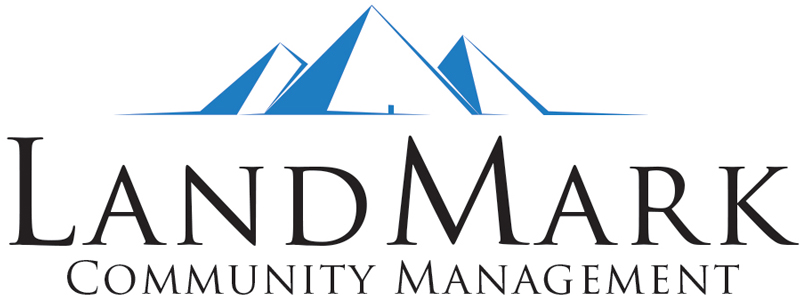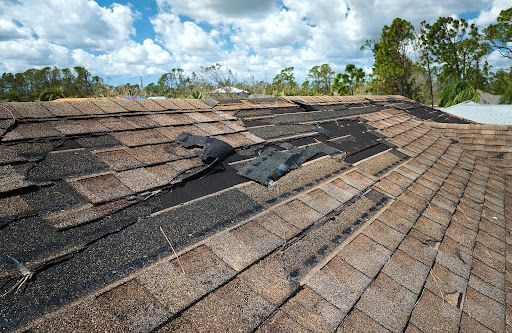Aging infrastructure in HOAs is a widespread problem. All associations will encounter this issue at some point or another. When assets and components deteriorate, restoring them to avoid risks is important. Planning and executing restoration programs, though, can come as a challenge to any board.
What Are Aging Infrastructure in HOAs?
Homeowners associations typically consist of buildings, common areas, and other infrastructure. Just like most assets, though, these buildings and infrastructure do deteriorate. Time and the elements can be unforgiving, and HOA properties are not exempt from their effects.
The HOA’s responsible for maintaining these assets and repairing or replacing them as necessary. However, even with intermittent inspections and regularly updated reserve studies, associations have difficulty dealing with aging infrastructure. This primarily stems from a lack of expertise, as boards fail to identify serious structural issues.
Moreover, when the damage becomes noticeable, boards opt for surface repairs that only serve as a temporary solution. Due to insufficient resources or a general lack of planning, many associations delay comprehensive fixes.
Common HOA Aging Infrastructure Issues
While HOA communities can experience aging infrastructure issues to varying degrees, some are more common than others. These include the following:
- Water intrusion in windows and siding
- Deteriorating fences
- Damaged balconies
- Failing pipes or other plumbing issues
- Damaged roofing
- Electrical system issues
More often than not, boards address infrastructure issues with minimal repairs because they are unaware of the extent of the problem. It is also difficult to determine just how long the problem has existed. This leads to some boards mistakenly believing they have more time to develop a plan and funding.
Sometimes, the root cause of the problem is obvious. Boards need to address it because they want to seek solutions that require minimal time and resources. As a result, the problem worsens and becomes even more expensive to repair.
The Risks of Aging Infrastructure in Your HOA Community
Associations tend to plan major repairs based on the cost of the repairs or the urgency of the situation. However, as mentioned above, this only leads to more expensive repairs because the problem can quickly worsen.
When faced with aging infrastructure, it is important to act fast. Otherwise, your HOA can run into certain risks.
1. Compromised Safety
The first and most obvious risk of aging infrastructure in HOAs is compromised safety. When you allow buildings and components to deteriorate, they can fail anytime. This will inevitably lead to the endangerment of residents.
2. Potential Liability
When you risk the safety of residents, your association and board can face potential liability. After all, homeowners have sued for much less. Negligence on the board’s part can lead to legal problems.
3. Lowered Property Values
Aging infrastructure leads to lower property values. As components and buildings age, they become less functional and attractive, thereby dragging down the property values of all homes in the community.
4. Larger Financial Burden
Delayed maintenance and repairs can impose a larger financial burden on the association in the long run. The worse the damage, the more expensive it can be to restore. Plus, there may be hidden costs associated with the repairs that you failed to recognize initially.
Biggest HOA Aging Infrastructure Problems Boards Face
An HOA should address aging infrastructure at the first sign of its existence. However, this is not always possible, as boards encounter several obstacles that block their way.
These obstacles include the following:
- Inadequate funding. It’s impossible to repair or restore aging infrastructure in HOAs when you don’t have the money to pay the expenses. Unfortunately, many boards are afraid to raise dues or charge special assessments even when the action is necessary.
- Homeowner apathy. When residents don’t care about the community’s assets, it’s harder for the board to convince them to contribute to costs. Homeowners may also argue that the association can postpone repairs until the aging infrastructure becomes intolerable.
- Lack of volunteers. Many associations have trouble recruiting volunteers to join the board and committees. This leads to a lack of leadership and direction for the community.
Solutions to Aging Infrastructure in HOAs
Clearly, aging infrastructure opens the association to several risks. A good HOA board won’t let these risks come to fruition.
Here are the steps to addressing aging infrastructure in your community.
1. Communicate
When boards communicate with them, residents tend to be more open and supportive of major infrastructure repairs. Therefore, board members should proactively educate residents on the importance of infrastructure maintenance and repairs. Be open about the repairs’ scope, the damage’s extent, and the project costs.
Furthermore, board members should make an effort to update homeowners on the progress of the repairs regularly. Such projects will likely cause a disturbance to the community, so make sure to minimize anger by keeping residents in the loop. Your board should also provide alternatives if the repairs will greatly affect residents’ way of life. For instance, if you’re repaving the parking lot, provide another option where residents can park their vehicles.
2. Rely on Qualified Professionals

Boards should never rely on their intuition or baseless judgments regarding aging infrastructure. A good board will always employ the help of qualified professionals, such as contractors, engineers, architects, and other construction experts. Residents also tend to be more trusting if the board’s decisions are based on the advice of professionals.
3. Adopt a Comprehensive Inspection and Maintenance Program
The key to prolonging the lifespan of infrastructure is to prevent premature deterioration. You can do this by establishing a comprehensive inspection and maintenance plan. Always hire professionals to conduct inspections regularly – not only when you feel it’s needed. Even if everything looks functional from the outside, it doesn’t mean it’s the same on the inside.
4. Secure Financing
Funding is one of the hardest aspects of addressing aging infrastructure in HOAs. Not many homeowners are willing to contribute hefty sums to the association. Ideally, your board would have anticipated the deterioration of assets and planned by increasing dues incrementally.
If you find yourself in need of immediate funding, though, there are a few ways to secure it, including:
- Tapping into available reserve funds;
- Levying special assessments; and/or,
- Applying for a bank loan (using regular dues as collateral).
While some insurance policies may be able to cover infrastructure repairs, most do not. Insurance usually comes into play when damage arises from acts of nature or original defects in the construction.
5. Plan and Execute a Reserve Study
A reserve study estimates the remaining useful life of components and buildings, calculates the funding necessary to repair or replace those assets, and establishes a contribution plan to meet funding requirements. In addition to conducting an initial reserve study, it is equally important to update it regularly, as many factors can change over the years.
In some states, associations are obligated to conduct reserve studies. California is one example (Civil Code Section 5550). In Texas, there is no statutory requirement to conduct a reserve study. However, your governing documents may contain such language.
A Competent HOA Board
As you can see, addressing aging infrastructure in HOAs is not impossible. While there are steps you can take to make the inevitable more bearable, they become moot without competent leadership. Your HOA board should be actively involved in the planning and executing these steps. Leave apathy at the door.
Landmark Community Management can help HOAs and condo boards address aging infrastructure. Call us today at 512-569-5527 or contact us online to learn more!


